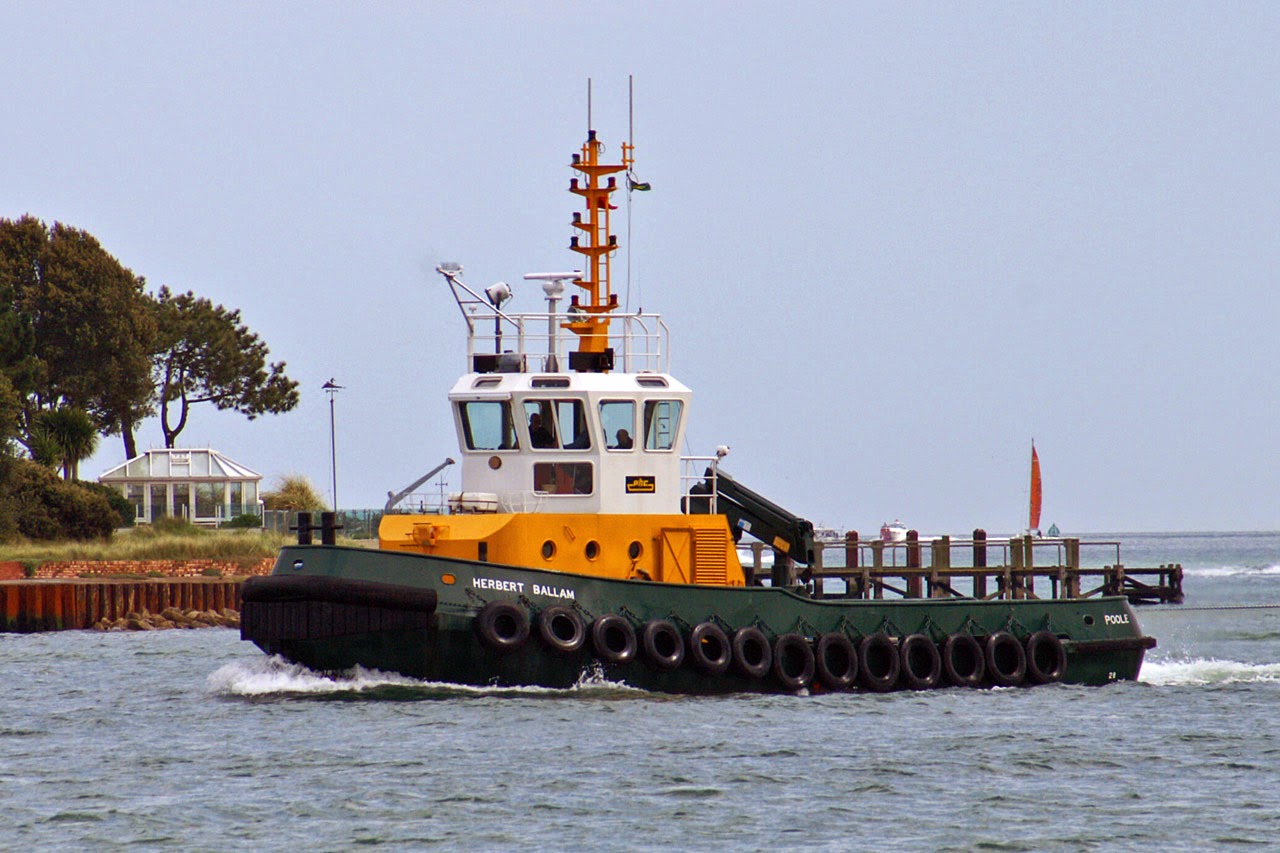Emerging Incident: Sinking of the fishing trawler “Dalniy Vostok” in Russia (1 April 2015)
The Shipping Law Blog
For ten years the Shipping Law Blog has aimed to provide a simple, down-to-earth guide to the world of international shipping and maritime law.
If you have any questions or suggestions please get in touch at editor@theshippinglawblog.com .
Most Popular Posts
The Logistics of Transporting Specialized Cargo: Handling Sensitive or Human Remains
Transporting specialized cargo, particularly sensitive items such as human remains, is a delicate task that requires precision, care, and strict adherence to legal and ethical guidelines. Whether the remains are
What is the difference between an oil rig and an oil platform?
You often hear reference to oil rigs and platforms, and sometimes people will say, that wasn’t a platform, it was a rig; or the opposite. So why do the terms
Remember that UKSTC is not upheld in Australia!
The UK Standard Conditions for Towage and Other Services (UKSTC) is probably the world’s most popular towage agreement. The 1986 version is the latest one and probably the most popular.
Beware Collision Time Bars: the “SB Seaguard” Case
Most maritime countries in the world apply a two year time bar to collision claims (by virtue of some form of ratification to the Brussels Collision Conventions 1910). In other
A Beginners’ Guide to Sailing
Learning to sail is one of the best ways to familiarise yourself with the basics of operating a vessel on water. Many of the terms draw across to the shipping
A Brief Guide to Liquidated Damages
We often receive queries from readers at the Shipping Law Blog, and today we received one from a non-lawyer, who had been asked to confirm whether one of their contracts
Search The Shipping Law Blog
Questions & Answers
Maritime Disasters
MARITIME STYLE GUIDE
Maritime Law Links
- Conflict of Laws (Public International Law)
- Countryman & McDaniel (Cargo Law)
- Digital Seas (Ship & Port Info.)
- ICC (Map of World Piracy)
- MAIB Reports (Marine Accident Investigations)
- Online DMC (Marine Law Case Notes)
- Ship AIS (Ship Tracking by GPS)
- The IMO (Intl. Maritime Law Info.)
- The MCA (Shipping Info. & Safety)
- Vessel Tracker (Ship Info, Tracking, Photos)
Visitor Loaction Map

Archives
Archives
- September 2024
- August 2018
- October 2015
- May 2015
- April 2015
- January 2015
- December 2014
- November 2014
- October 2014
- January 2014
- March 2012
- February 2012
- January 2012
- December 2011
- October 2011
- September 2011
- July 2011
- June 2011
- May 2011
- April 2011
- February 2011
- January 2011
- September 2010
- August 2010
- July 2010
Copyright & Legal
1. All content reserved copyright of theshippinglawblog.com 2015, unless stated otherwise. 2. Header image credit: Paul Gorbould, ‘Leader on Ice’ (Flickr). 3. This website is not intended to provide legal advice and is for interest only. The author does not guarantee the accuracy of any content and, as always, recommends that appropriate professional legal advice is sought by anyone requiring assistance with a shipping law problem. 4. If you have any ideas, recommendations or other queries in relation to the blog please e-mail me at webmaster@theshippinglawblog.com.





